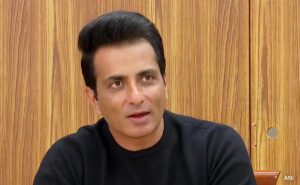Rahen na Rahen hum, mehka karenge… India’s nightingale will live forever through her unforgettable songs – Times of India

She is survived by sisters, playback singers Asha Bhosle, Usha Mangeshkar and Meena Khadikar; brother, music director Pandit Hridayanath; nephews and nieces; ardent admirers—and a treasure trove of songs that have become part of the collective visual and aural memory.
President Ram Nath Kovind and Prime Minister Narendra Modi led the tributes, with Modi saying she had left “a void in our nation that cannot be filled.” The Union government declared it would observe two days of national mourning. In Maharashtra, a state funeral was announced within an hour after the news broke. The final rites were conducted at Shivaji Park in the presence of family members, admirers and dignitaries.
Her death marks the end of a momentous age in which cinema emerged as an instrument of socio-cultural assimilation. With the finest musicians and lyric poets flocking to the industry after 1947, filmdom’s golden era peaked at the same time as Mangeshkar’s career. Singing stars of an earlier era were replaced by professional playback artists, and the chanteuse became the standard against which female voices were measured.
“The industry realised the artistic and commercial merit of a song thanks to her,” said cinema chronicler Veerchand Dharamsey. In a career spanning over seven decades, Mangeshkar is believed to have recorded over 7,000 songs in 30 languages. Private albums of bhajans and ghazals added to her vast repertoire.
Generations of actors—from Kamini Kaushal to Kajol and Bina Rai to Aishwarya Rai—lip-synched to her work. Her ability to capture an emotion was perfect for celluloid. Female leads would ask for songs to be picturised on them to be rendered by her. Record companies and radio channels enhanced her popularity, not to speak of the countless verse booklets printed out of nondescript printing presses. It was a voice that symbolised “youth, freshness and passion,” said classical exponent Shruti Sadolikar.






